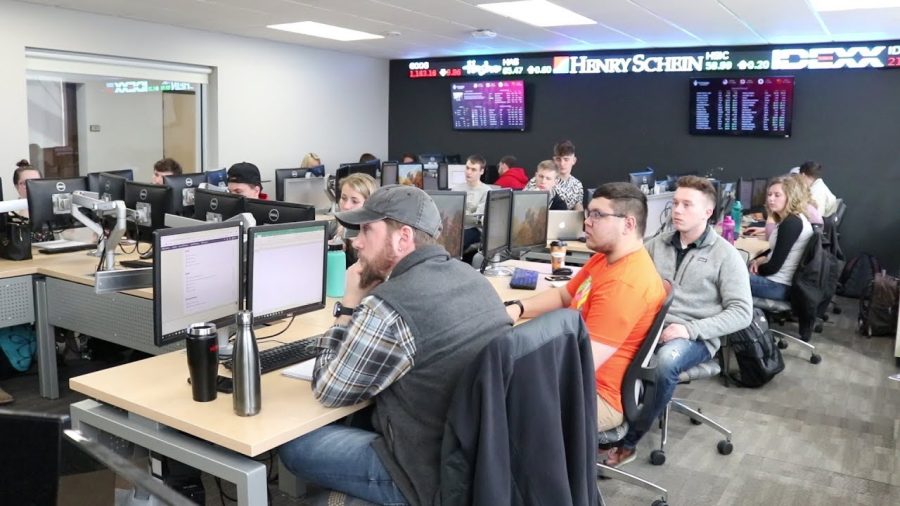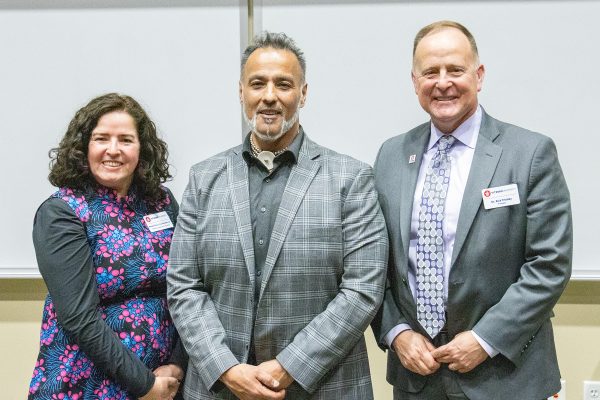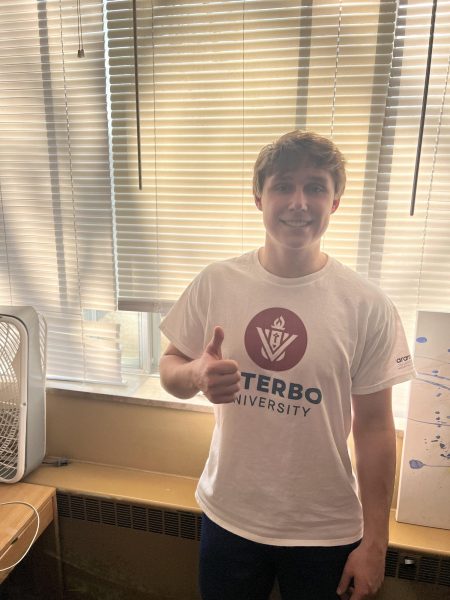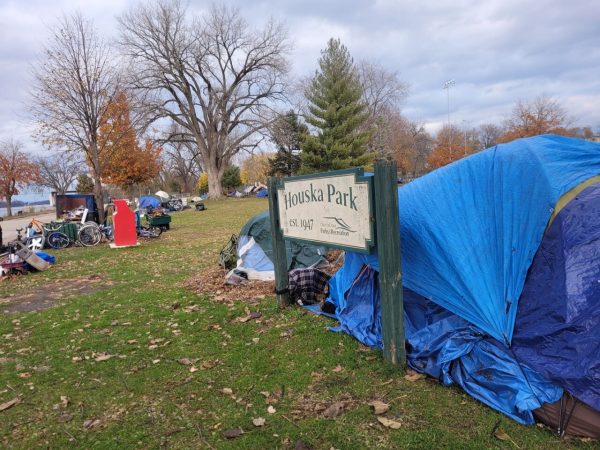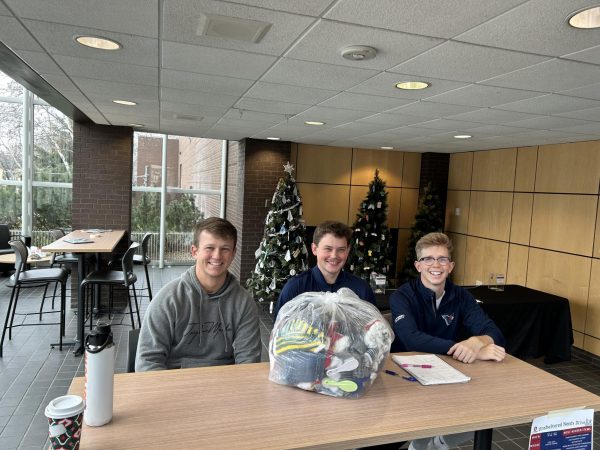Retention rates continue to be rattled by the pandemic
March 23, 2023
The long list of COVID-19 aftershocks continues to grow as transfer and retention rates in higher education around the country take a hit. According to the National Student Clearinghouse (NSC) Research Center, “During the pandemic’s first year … transfer losses equated to nearly 200,000 fewer students, or -9.1%. In the pandemic’s second year … an additional -97,200 transfer students, or -4.9% were lost.”
This national trend is reflected in Viterbo’s own statistics. Naomi Stennes-Spidahl, Director of Assessment and Institutional Research, sat down with the Lumen to talk about the drop in retention rates—those being the percentage of students who came back to Viterbo to continue their education from semester to semester. “Viterbo experienced a dip in retention rates in the thick of the pandemic, with 74% of students who entered Viterbo in Fall 2020 returning in Fall 2021,” Stennes-Spidahl explained. Retention rates are known to “fluctuate,” she says, but the COVID-19 pandemic definitely impacted it negatively.
Normally, “students leave an institution for a variety of reasons, and one of those reasons is to transfer to another institution” she explained. “The reasons we see for the transfer are often a change of major … or to move closer to home.” The reasons for leaving during the pandemic didn’t change but were heightened by the uncertainty and social isolation of the time.
Coming out of quarantine times, retention and transfer rates are still suffering from COVID-19’s long-term effects. “We have statistics that show that student’s who’ve had high school opportunities—very enriched, high school opportunities—and access to a lot of enriching programs come to the university setting quite well prepared, academically, to make the transition,” Stennes-Spidahl says. She continued to explain that every new student goes through a couple of “bumps” in their first year, but that it’s their high school experiences that decide whether they’ll be able to make it or not.
At the same time, high school test scores are dropping substantially, as reported by Andrew Handel of the American Legislative Exchange Council. “ACT released its 2022 score data which shows that just 42% of high school seniors met the college-readiness benchmarks in English, reading, science, or math. Total average scores dropped to their lowest level in 30 years.” ACT themselves said, “these declines have returned student achievement to levels last observed in the early 1990s.”
Viterbo recognizes that its services need to make up for the high school preparation lost. “Viterbo’s committed to access to education,” says Stennes-Spindahl, “and we keep exploring ways to broaden that education.” This includes, but is not limited to, operating with a dual-advisor system, which entails supplying students with both an academic and faculty advisor.
Mental health has also played a big role in Viterbo’s student-retention problem. According to Stennes-Spindahl, the number of appointments made with counseling services tripled during the pandemic. Along with the university’s general care for their student’s wellbeing, they understand that student’s mental health can be one of the main reasons they choose to leave after a semester. Stennes-Spindahl praised Viterbo counselors for handling the influx of students, as the number of counseling appointments made tripled during the pandemic.
Students are also using the Academic Resource Center (ARC). According to Stennes-Spindahl, 85% of the student body uses tutoring services through the ARC. Luckily for Viterbo, their efforts are paying off. “The rates improved this fall, with 76% of students who entered Viterbo in Fall 2021 returning in Fall 2022.” Stennes-Spindahl is optimistic about the future of Viterbo’s student body, saying, “Another positive indication is that 92% of students who entered Viterbo in Fall 2022 are enrolled this spring.”
